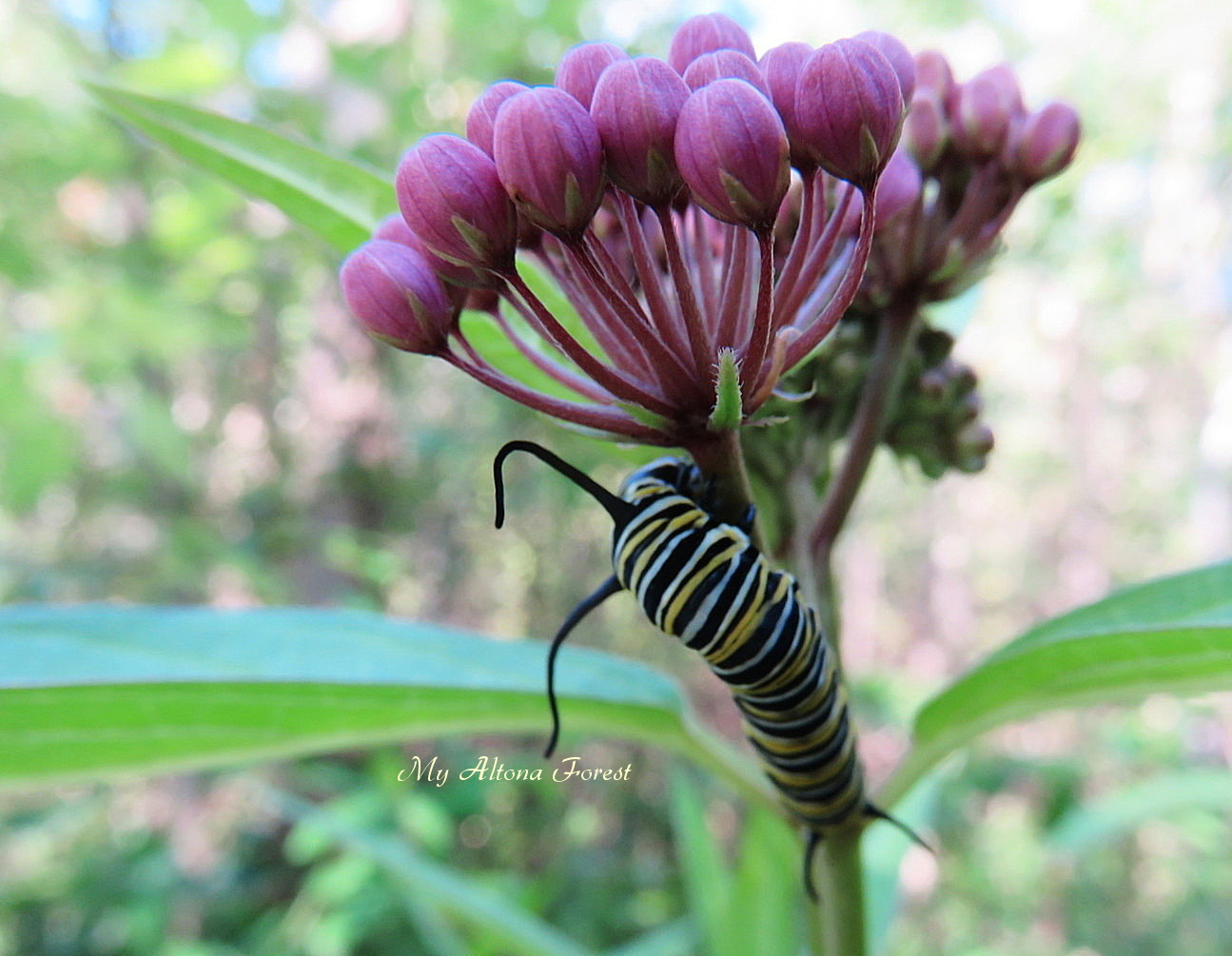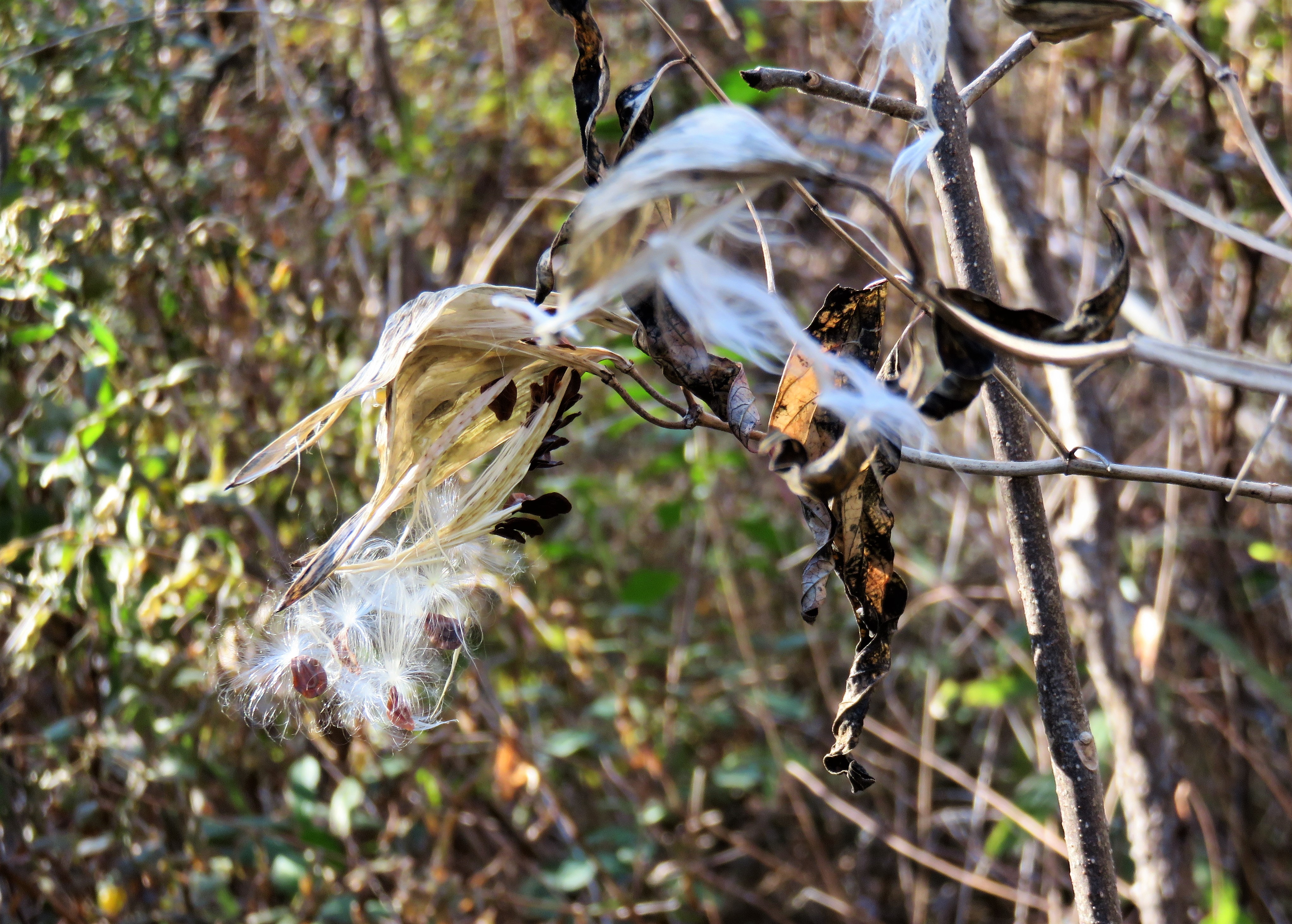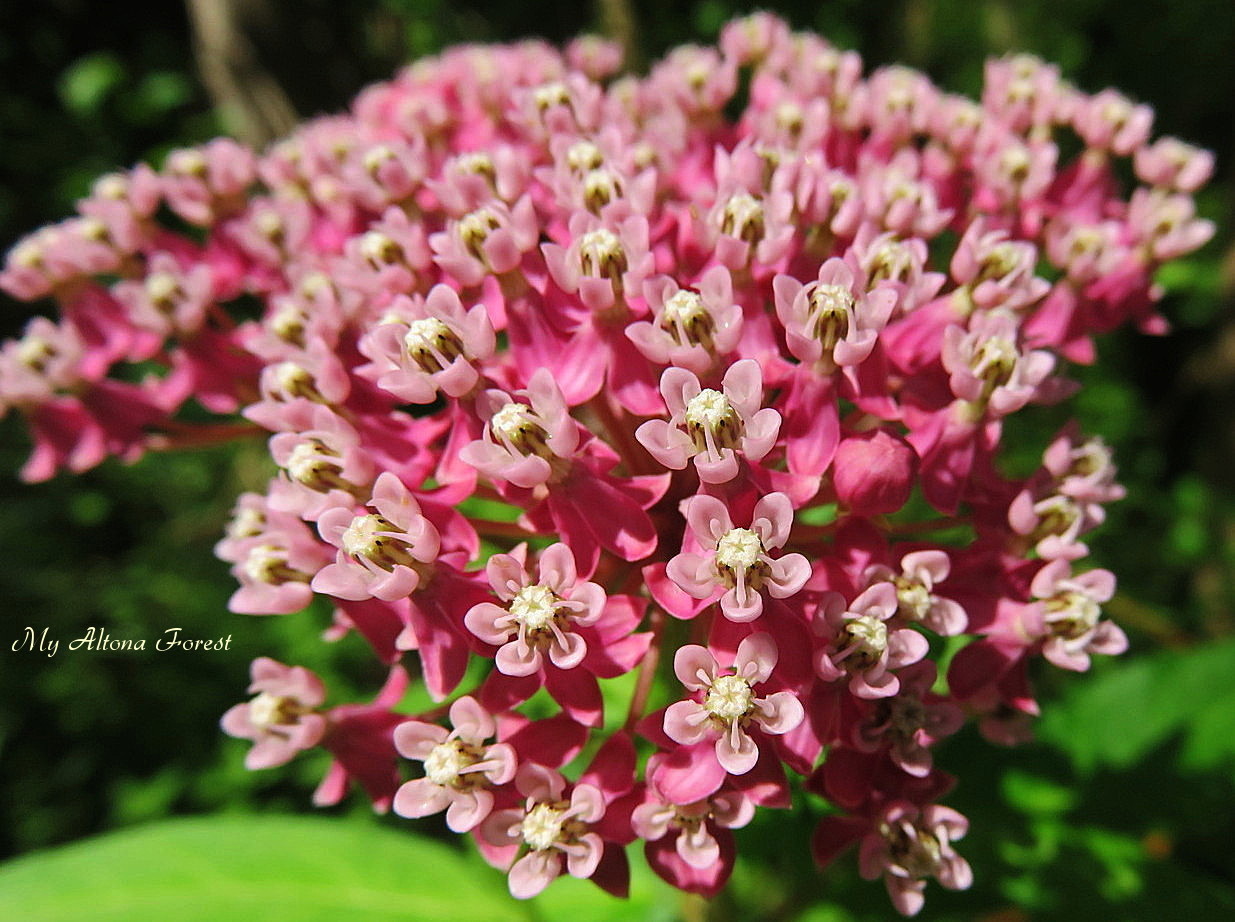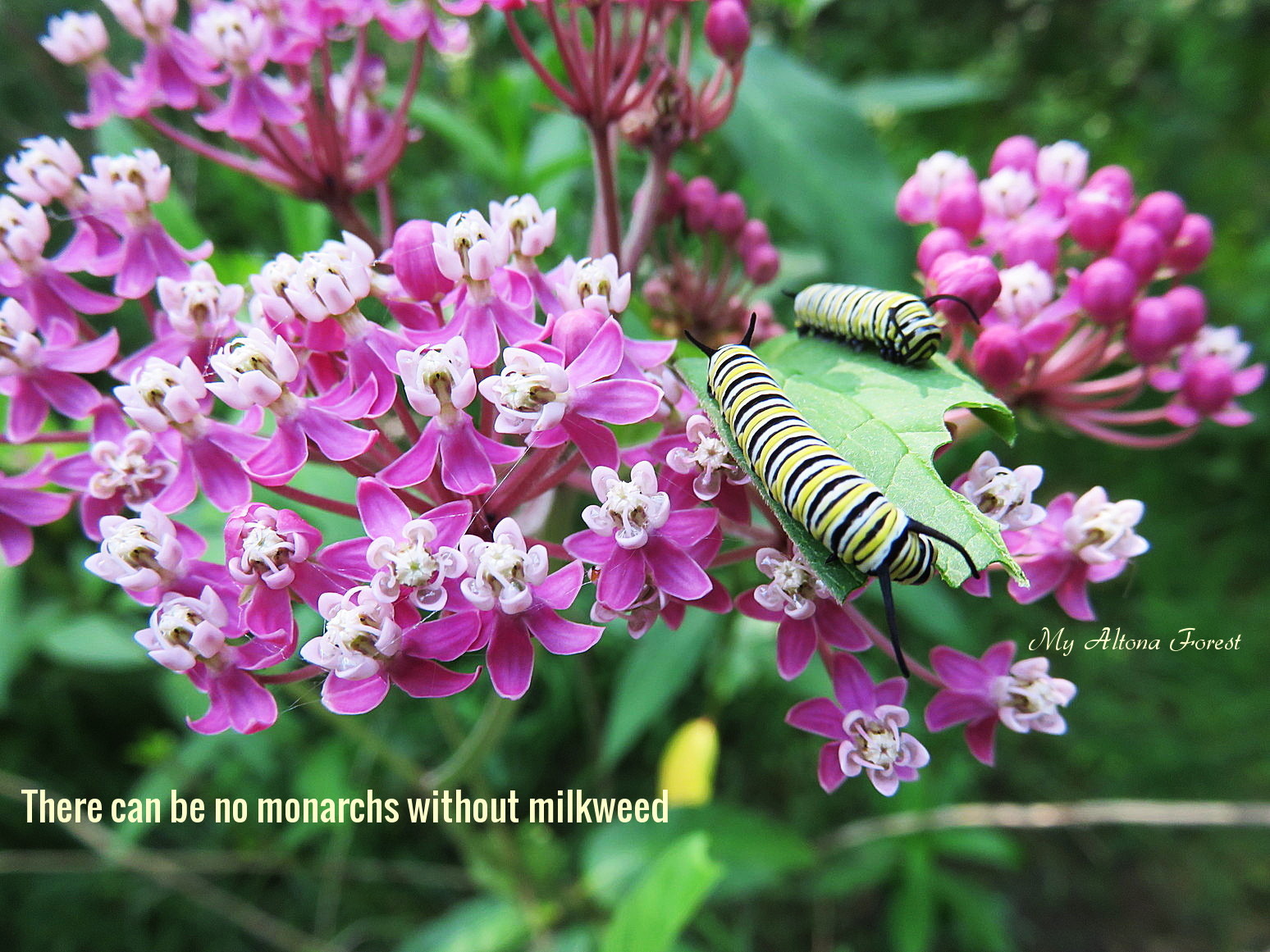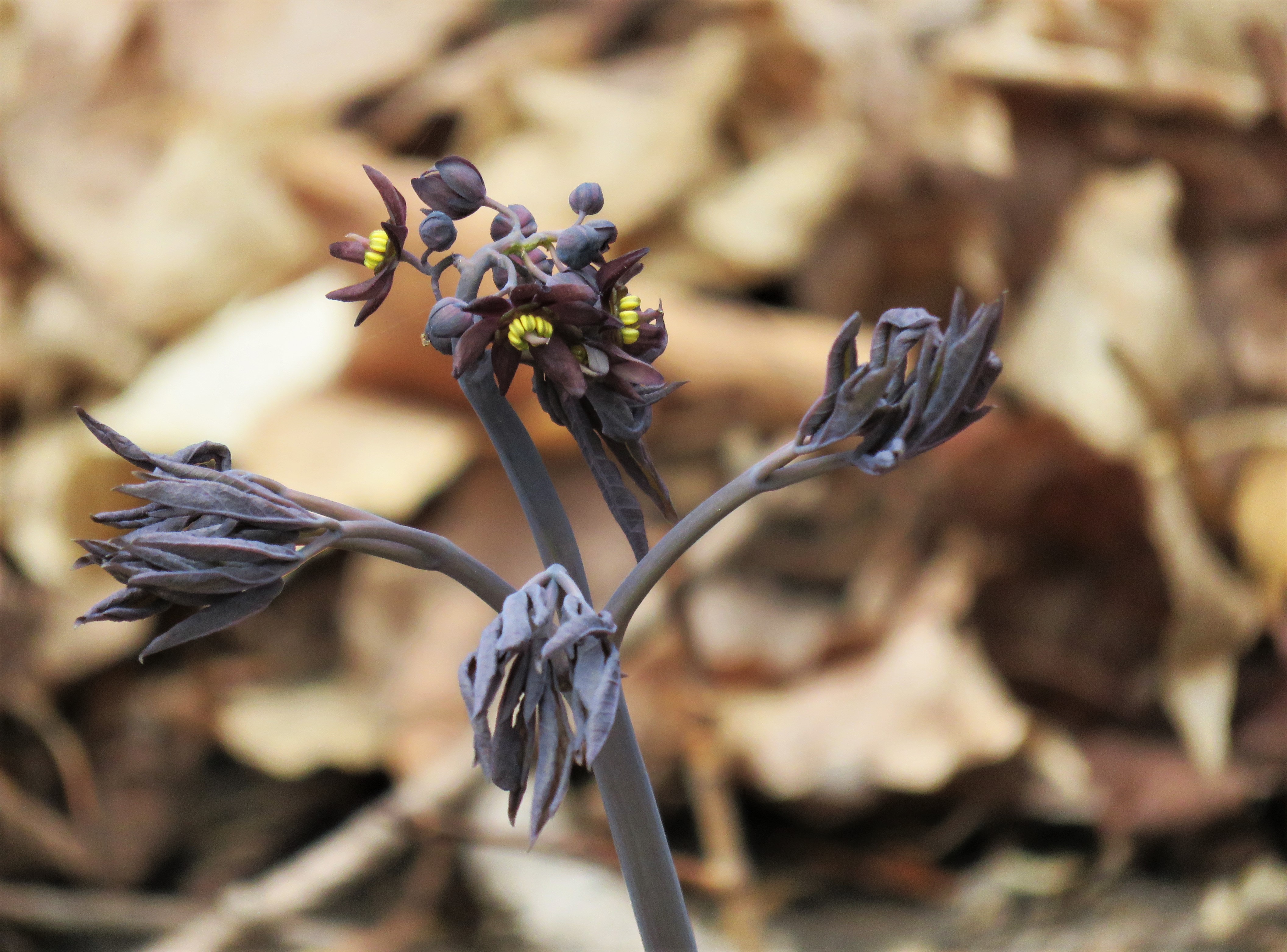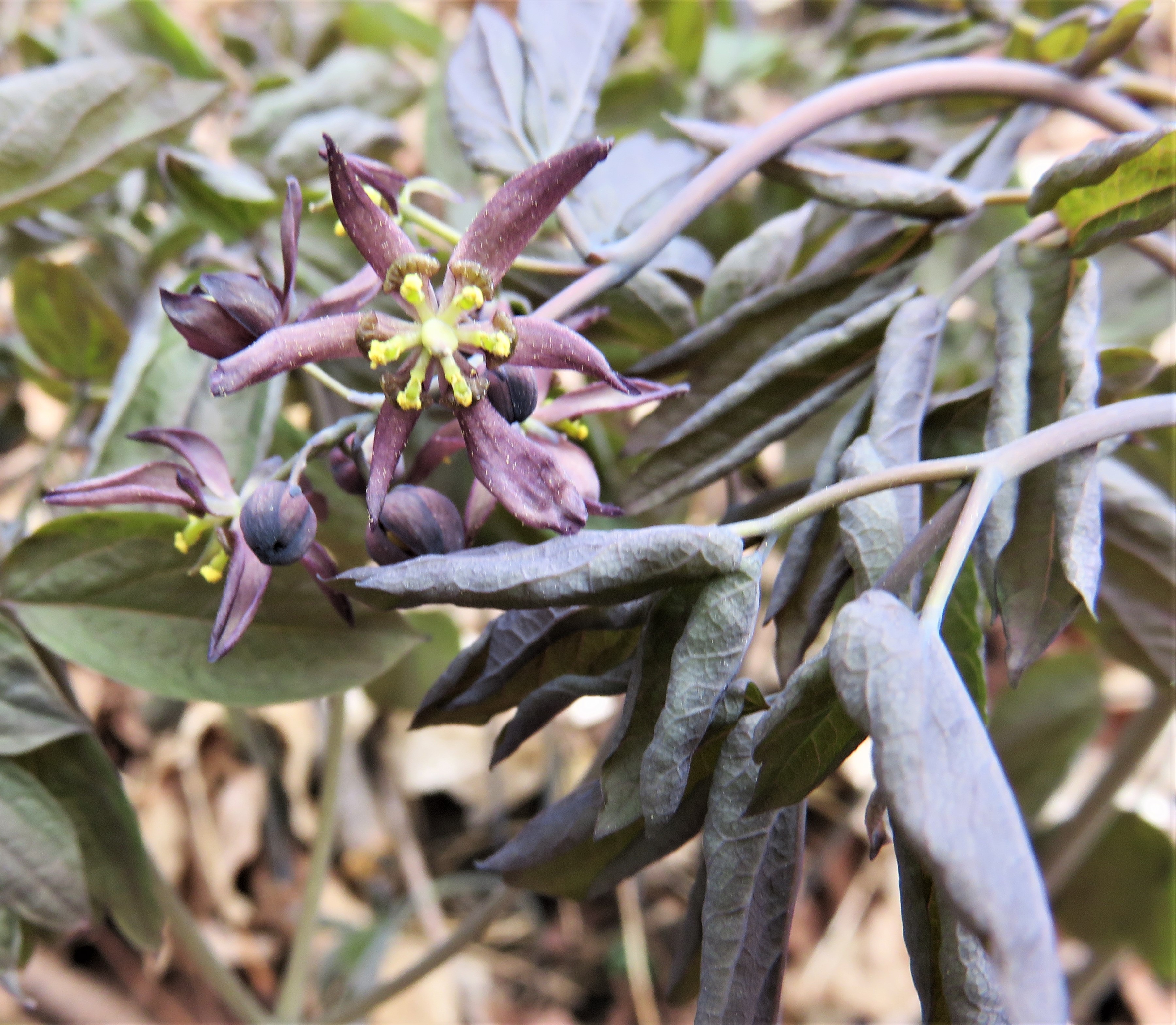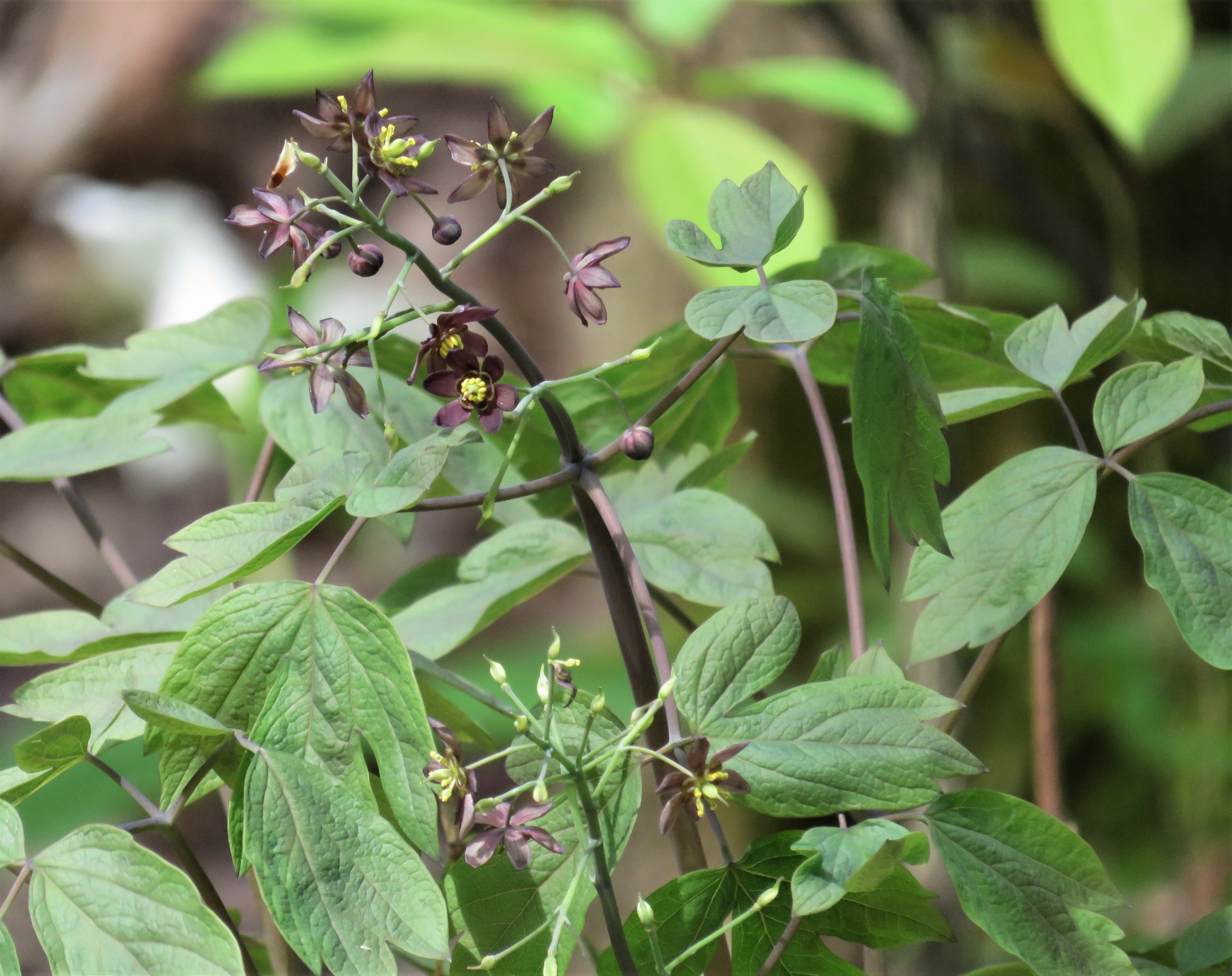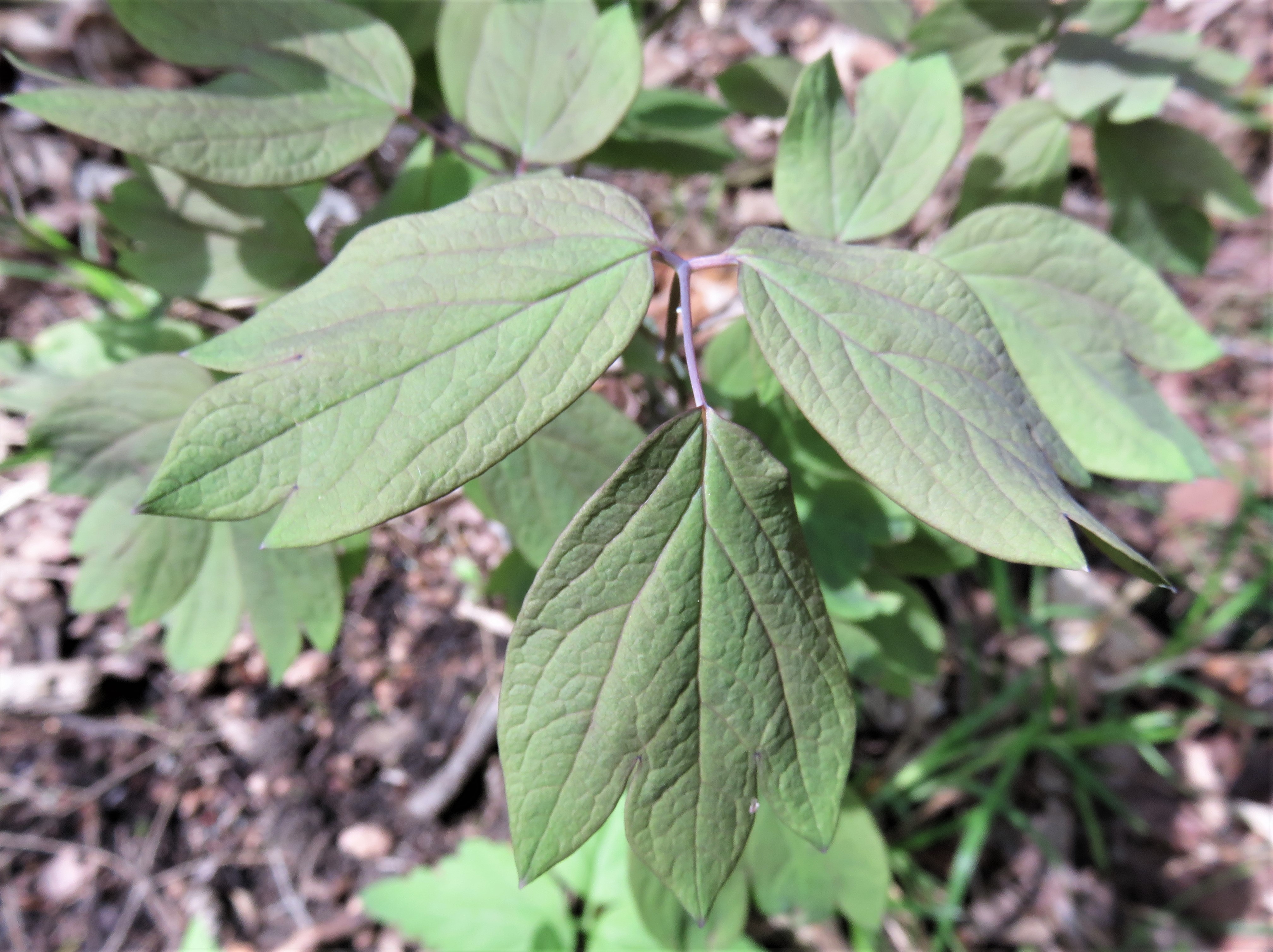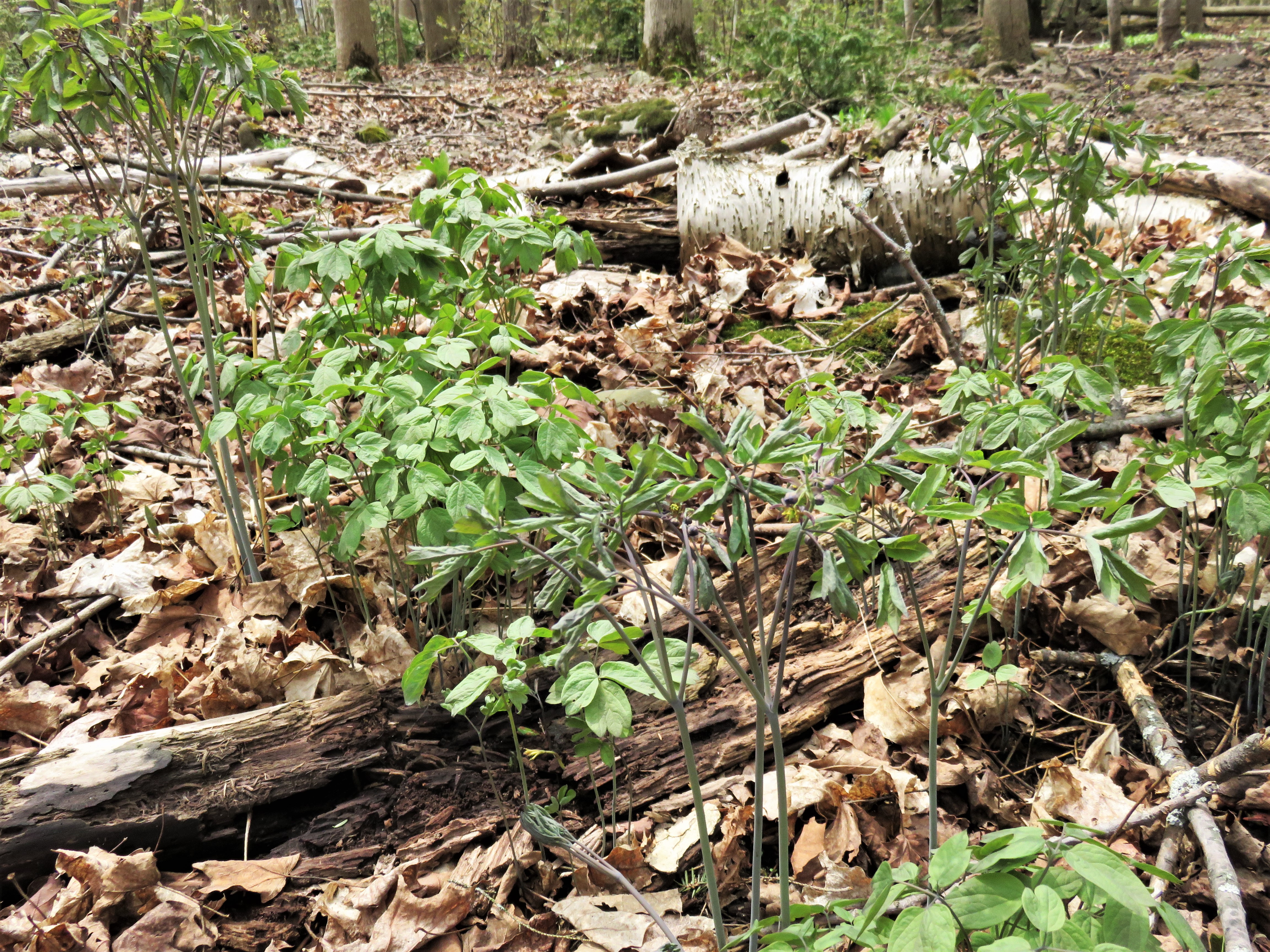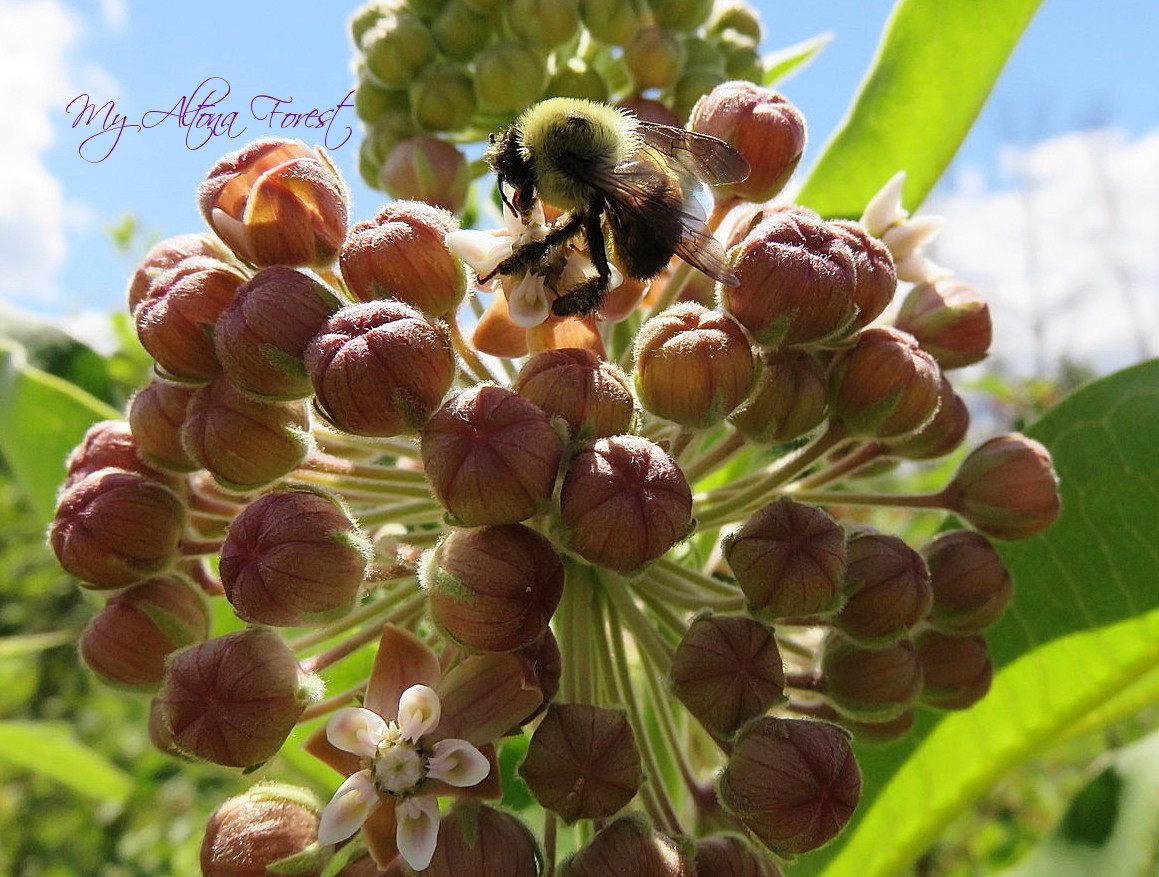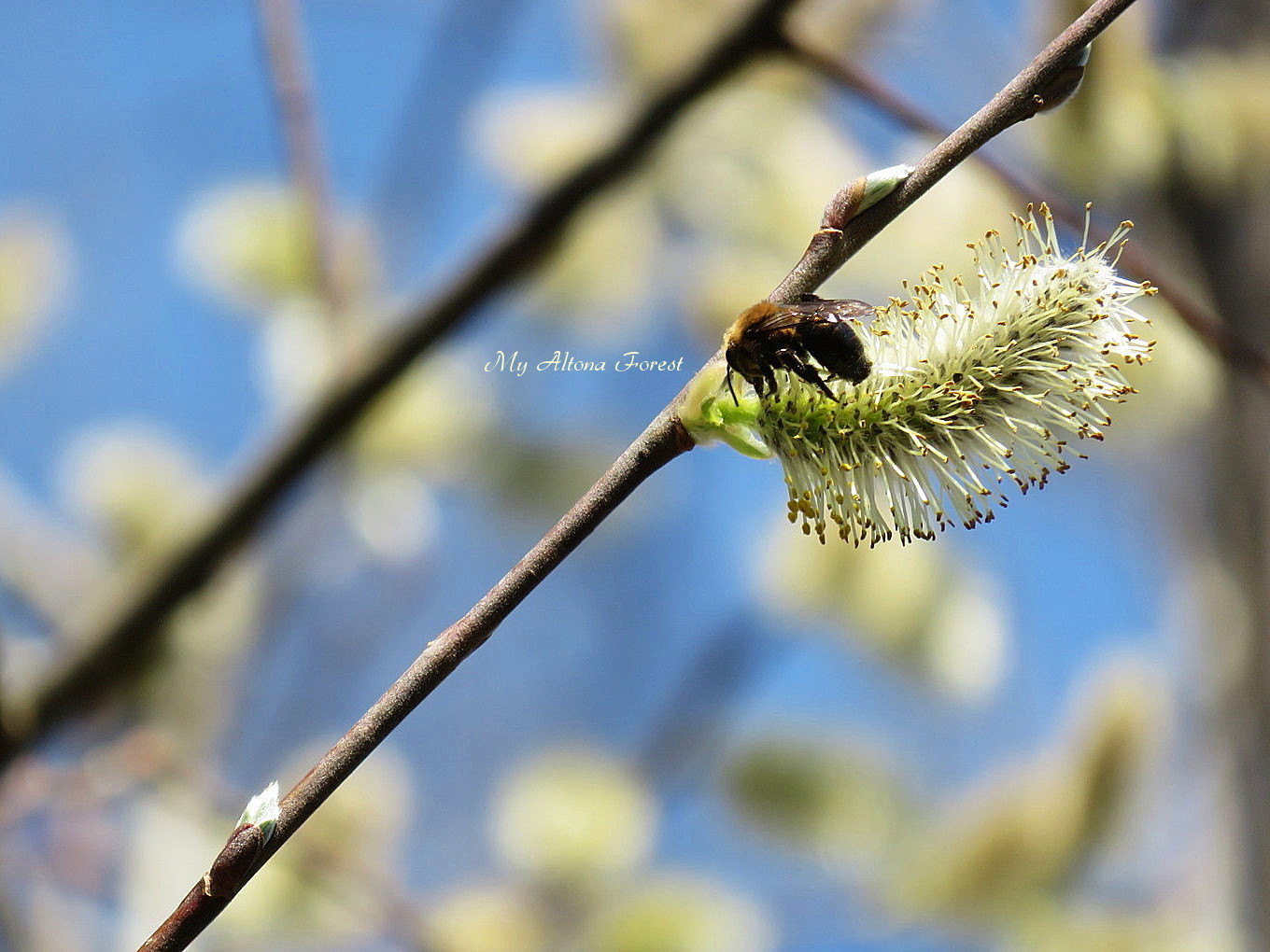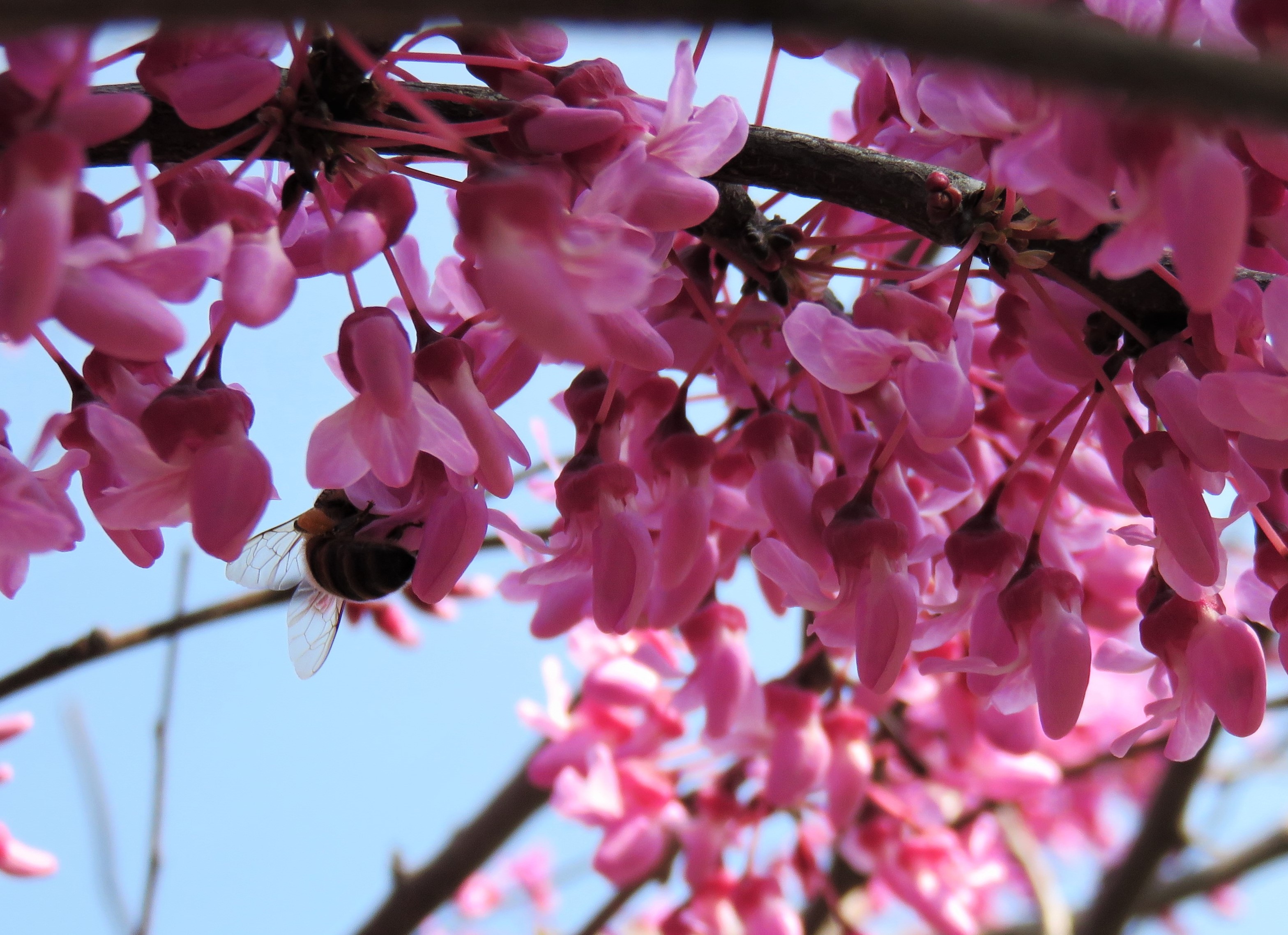I’m always dreaming of a white Christmas – because there is nothing quite so magical. But in the larger scheme of things, we want to embrace that winter wonderland and be green.
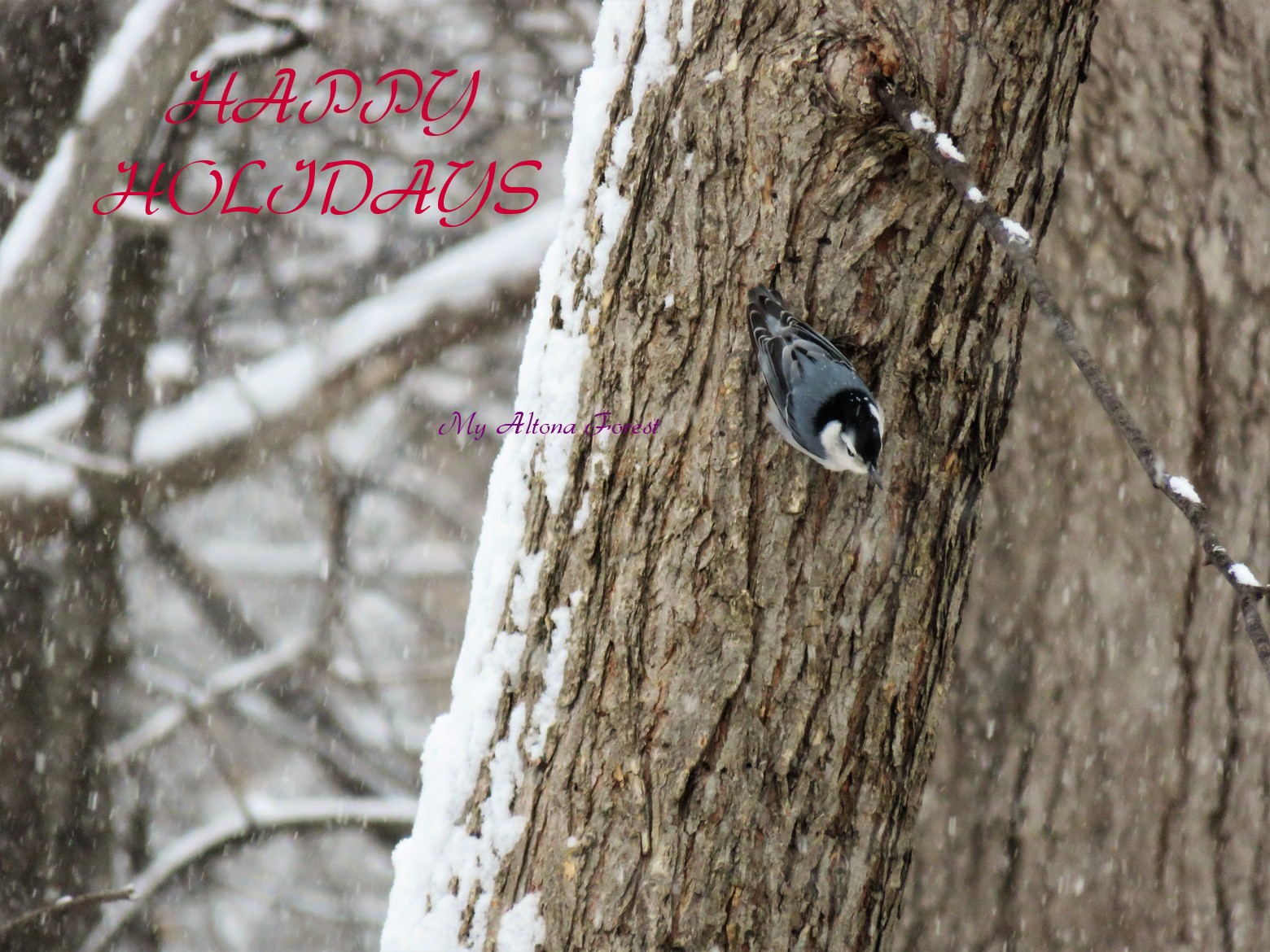
If you are tired of the rampant commercialism of Christmas, the rush, and the stress of the season, think outside of the box (stores). Way outside… like out and onto the trails of our wonderful conservation lands. Or ‘outside’ as in supporting Altona’s (and wider) wildlife by what you give to your own home and to others.
Most people have all they need – and additional little things just add to the general clutter of life. So how about giving something with meaning that won’t gather dust?
Looking for ideas?
- A bat house
- Seed wreath
- A great feeder pole
- Field glasses (binoculars). You never know where these will go! Mine are used for backyard and forest viewing but have managed to creep into my travels as well for wildlife spotting far and wide.
- An annual pass to conservation areas. Altona Forest is a free Conservation area thanks to TRCA but there are many that do need a pass for access – and having the pass does prompt you to go and enjoy the varied trails, habitats and scenery of our area!
- Picnic back pack – Whether you are brave and want to try a winter picnic or if you’ll wait for summer warmth, this is a fun idea that can start traditions
- Hiking socks. There are warm socks and then there are hiking socks – both summer and winter kinds are a real gift for those who love to see where the trails lead them
- Hiking poles. I would have never guessed how handy and helpful these are for novices to experts. Retractable and light carbon fibre are faves.
- A calendar that is beautiful, inspirational and raises money for a charity that inspires you. The Coyote Watch Canada calendar is beautiful with many local photos and they help educate all ages about compassionate co-existance with this beautiful species. While we all live with electronic calendars in our lives I keep a beautiful one beside my desk for dates-at-a-glance and for
- For a really big gift – consider a bench in a special place or a planting a tree with a name plaque. It’s a lasting and very special way to remember someone or celebrate your family.

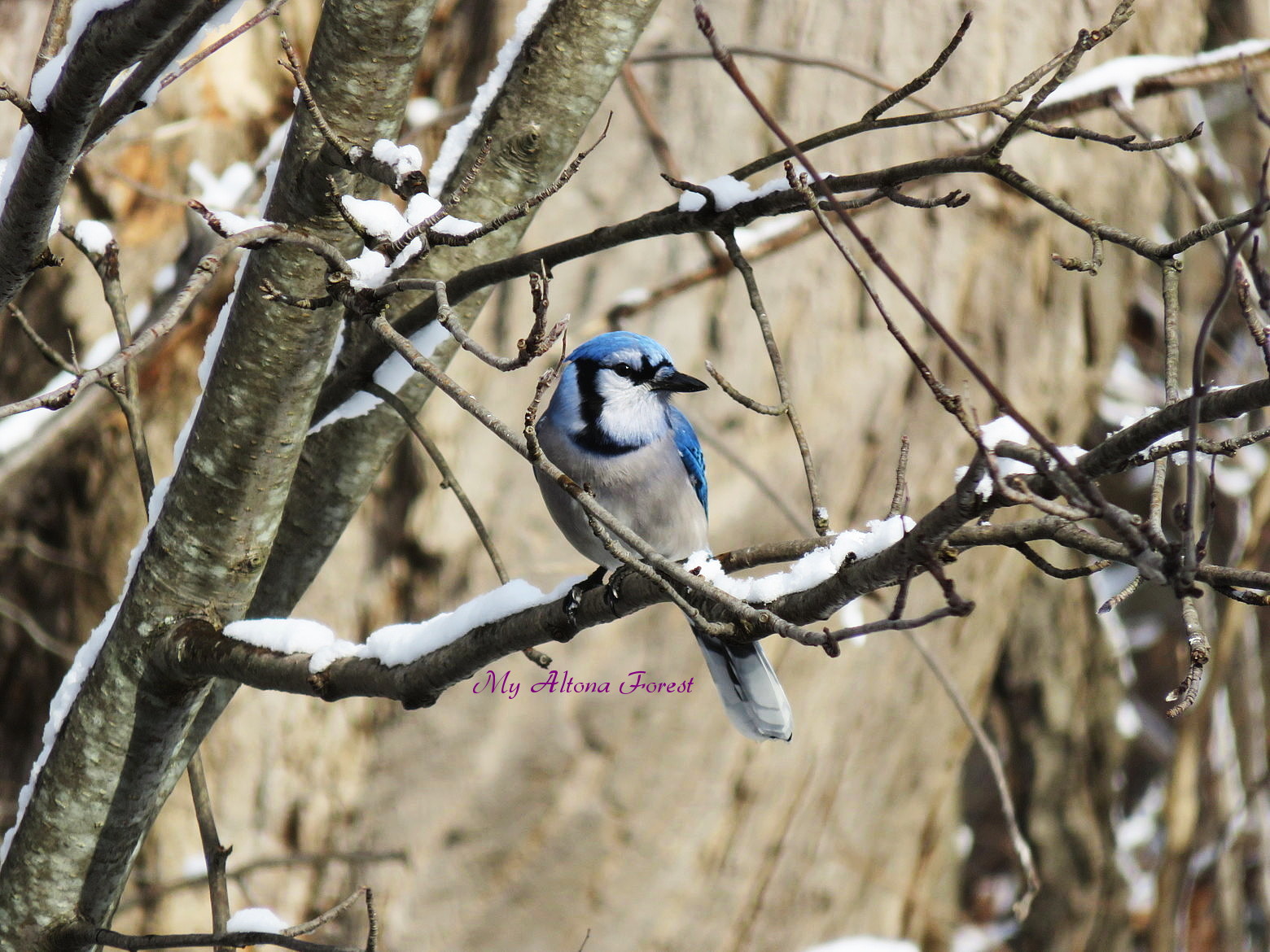 And what if you are a fan of nature wanting to give back either as a gift from the heart or as a way to celebrate yule or solstice?
And what if you are a fan of nature wanting to give back either as a gift from the heart or as a way to celebrate yule or solstice?
- Use your collected native seeds to make seed balls for underused areas like the hydro corridor (If you don’t have your own seeds, you can request some from the North American Native Plants Society (NANPS) if you are a member.)
- Make a suet log for local birds
- Be an angel for rescued wild birds and animals at Toronto Wildlife Centre (they are the only group to save our local wildlife) by giving them some things from their wish list or the Turtle Conservation Center through their wish list
- Donate to an environmental group that is both local and effective. Try a gift donation in someone’s name – either to support an animal they love (like polar bears!), an area they enjoy, or a cause where they feel like they can make a real difference.


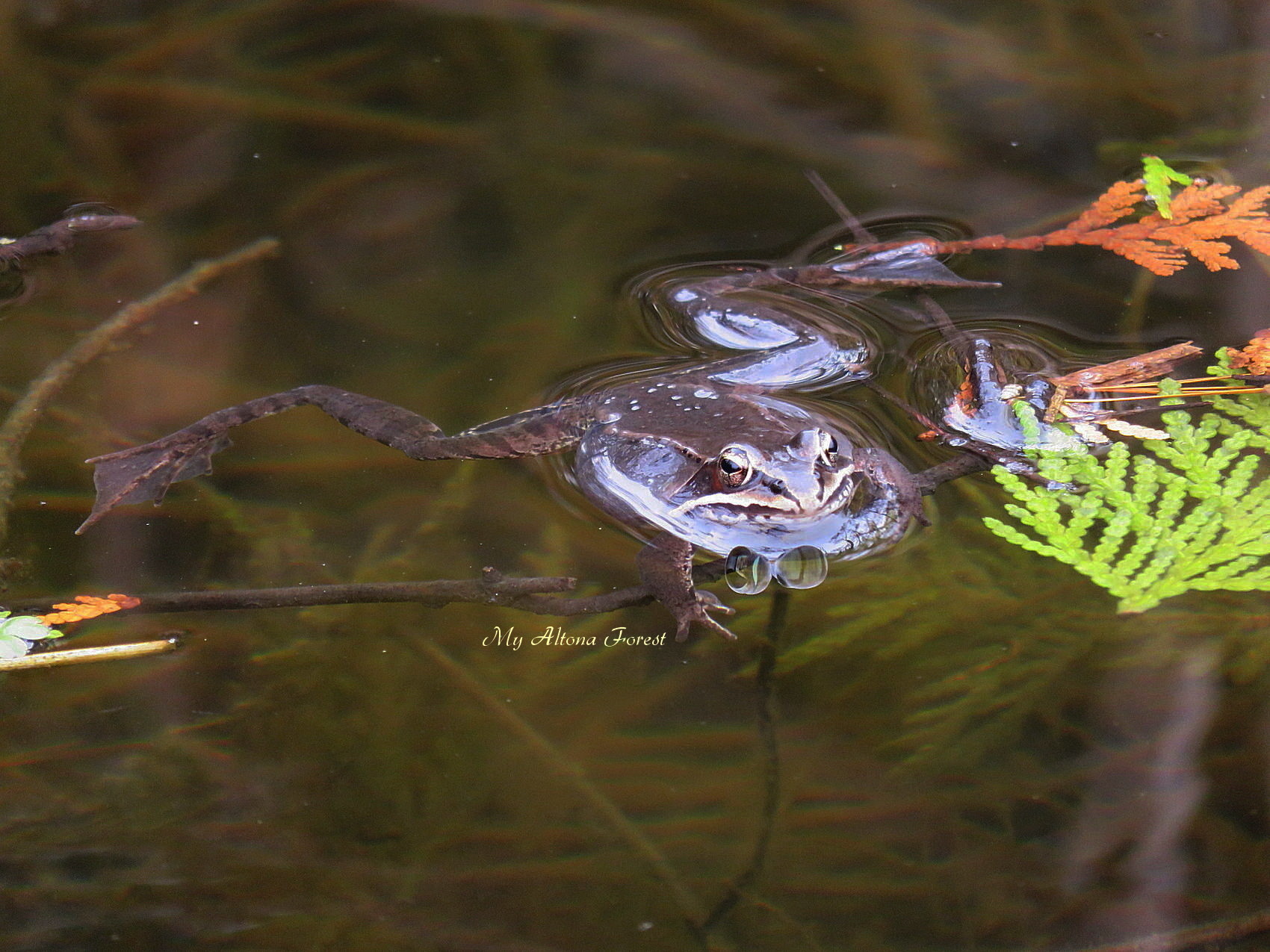
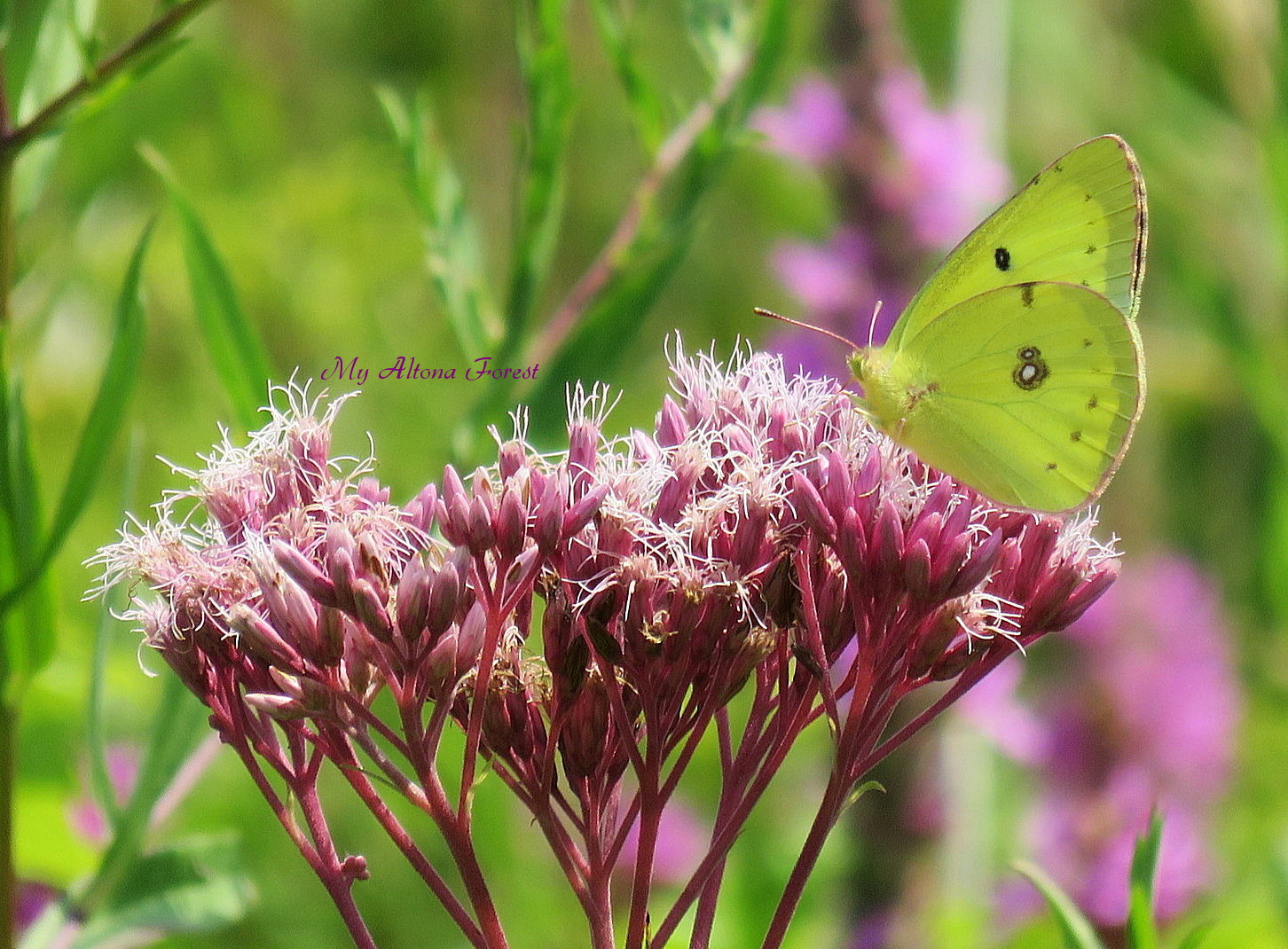
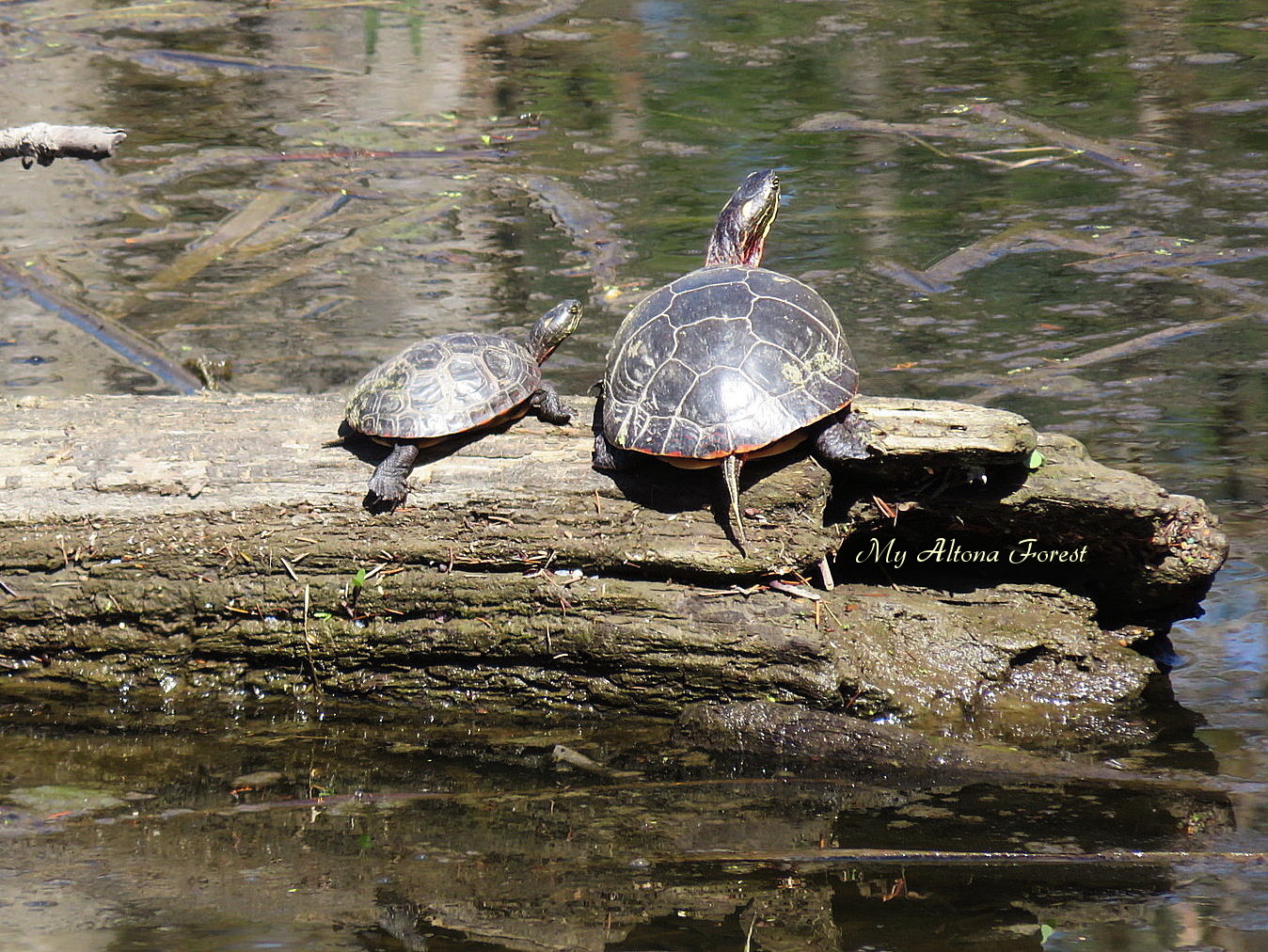
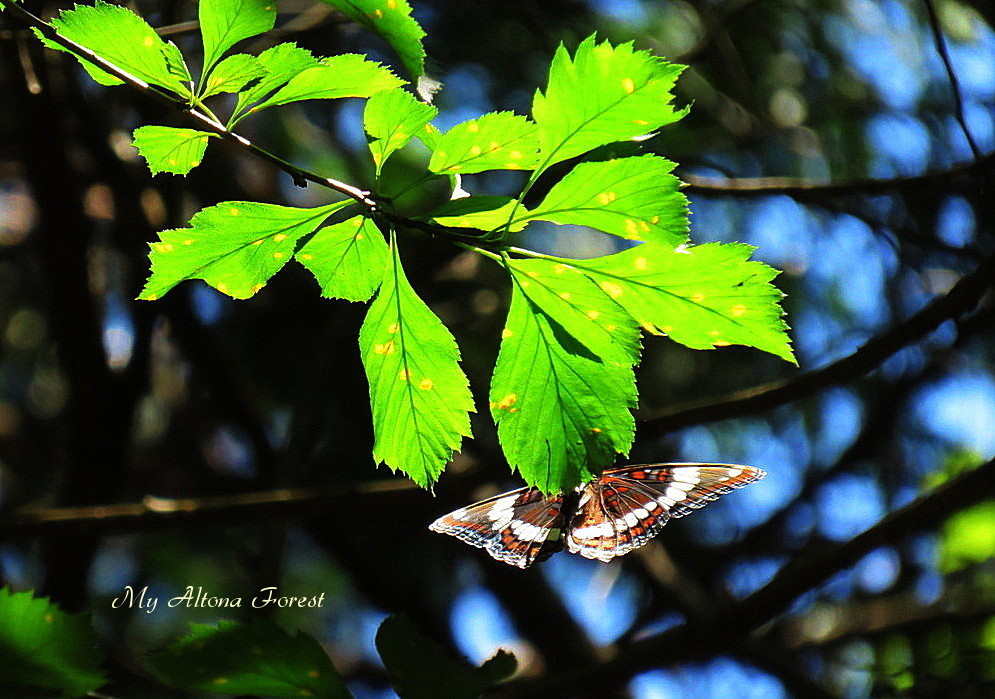
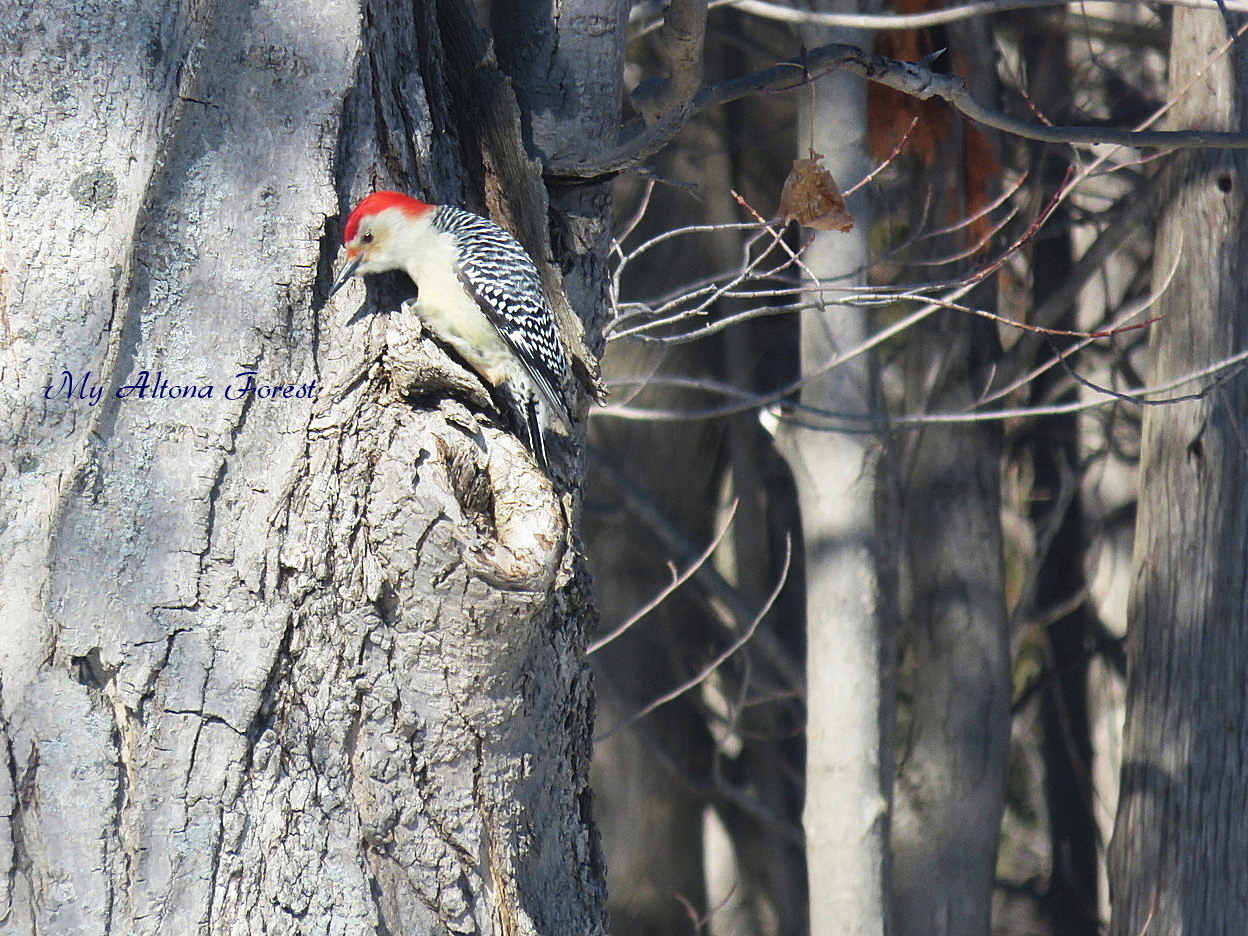
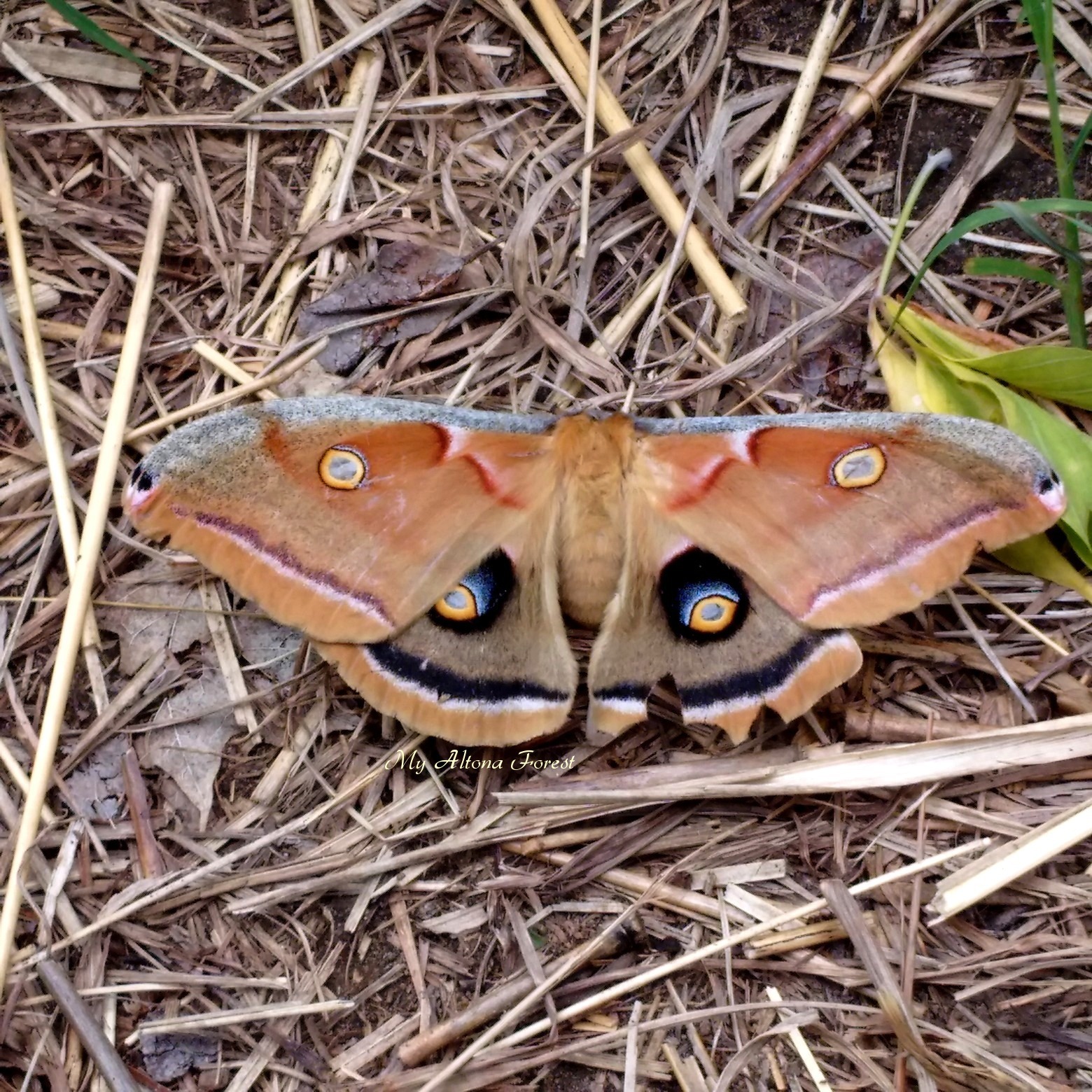
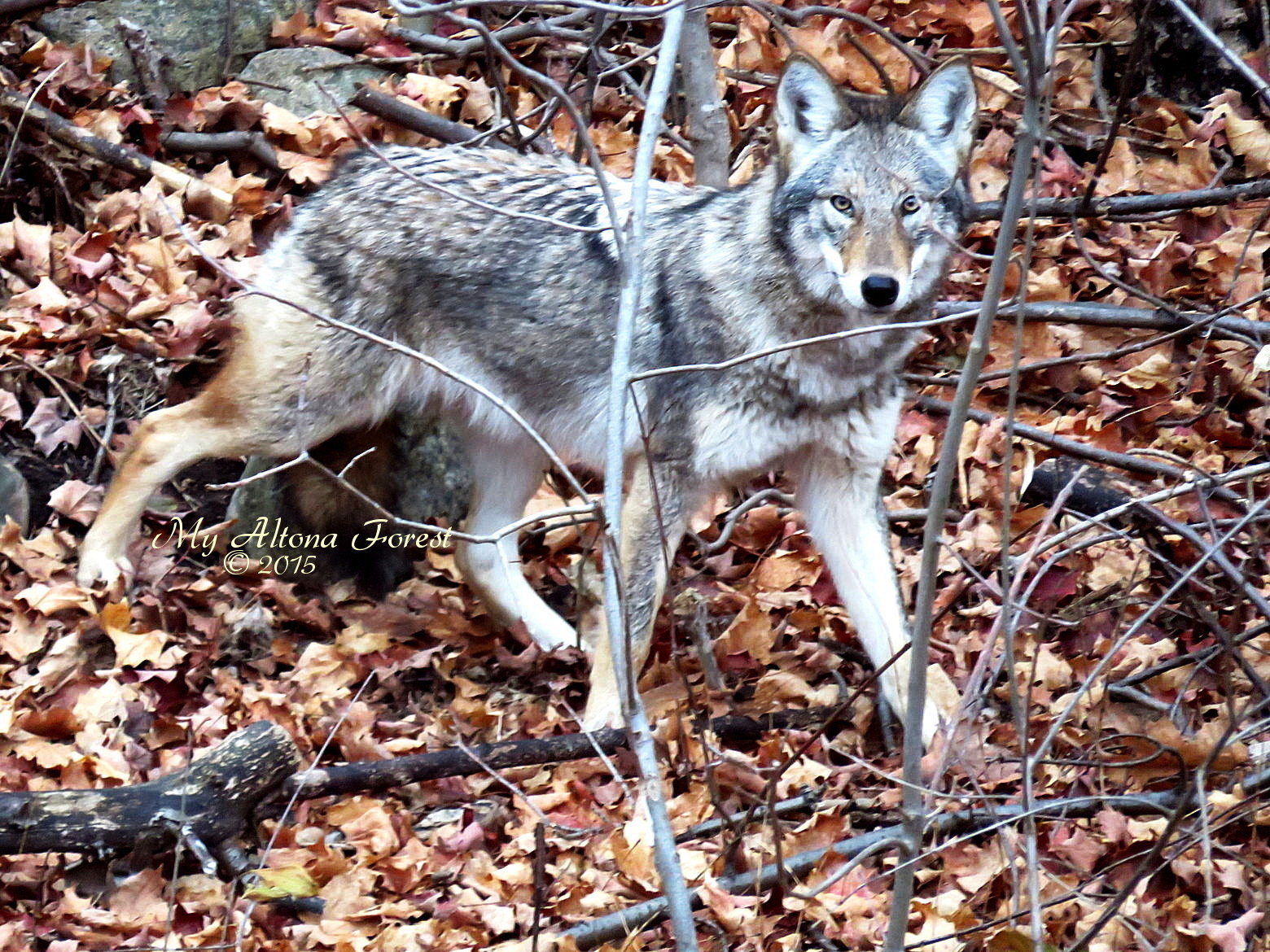
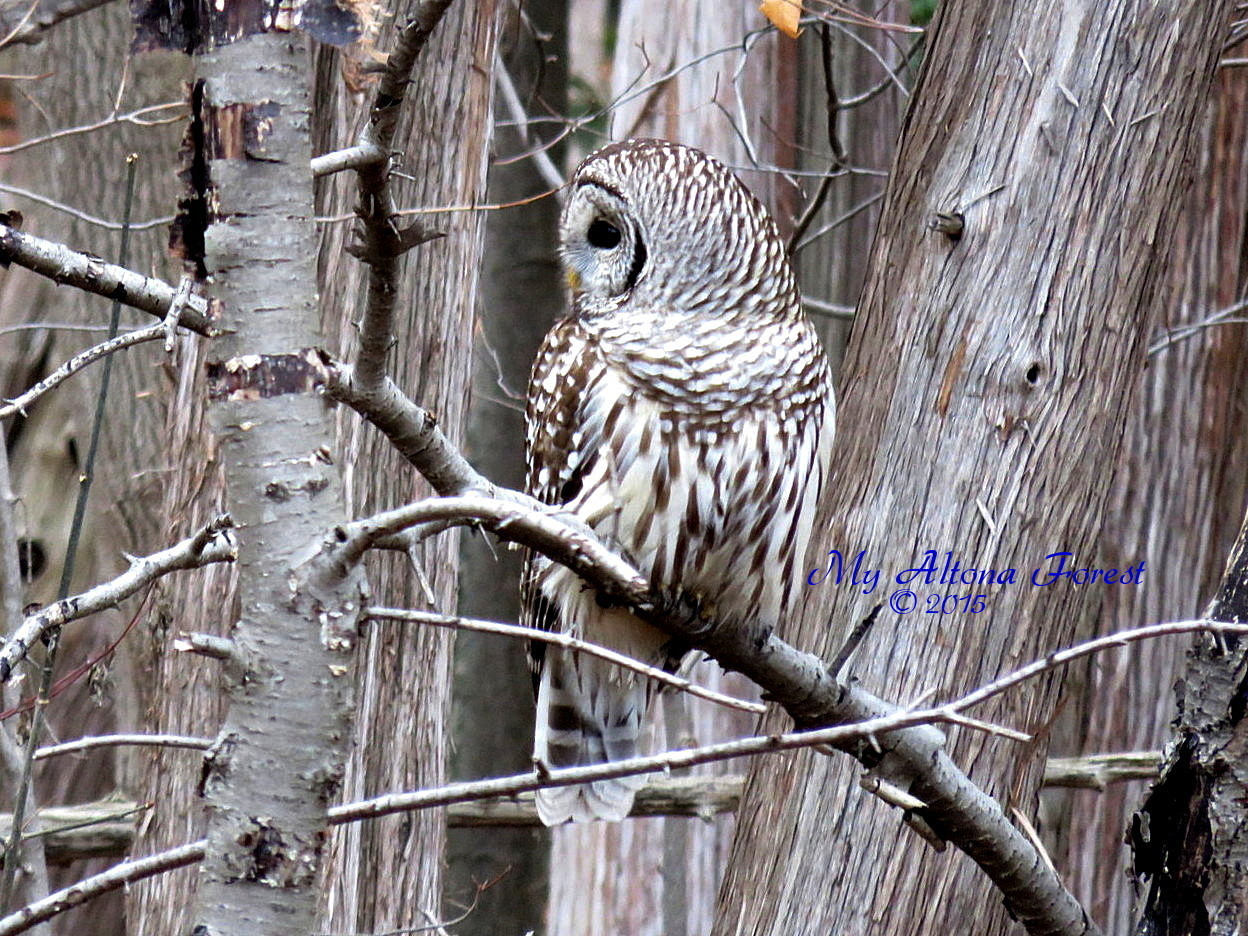
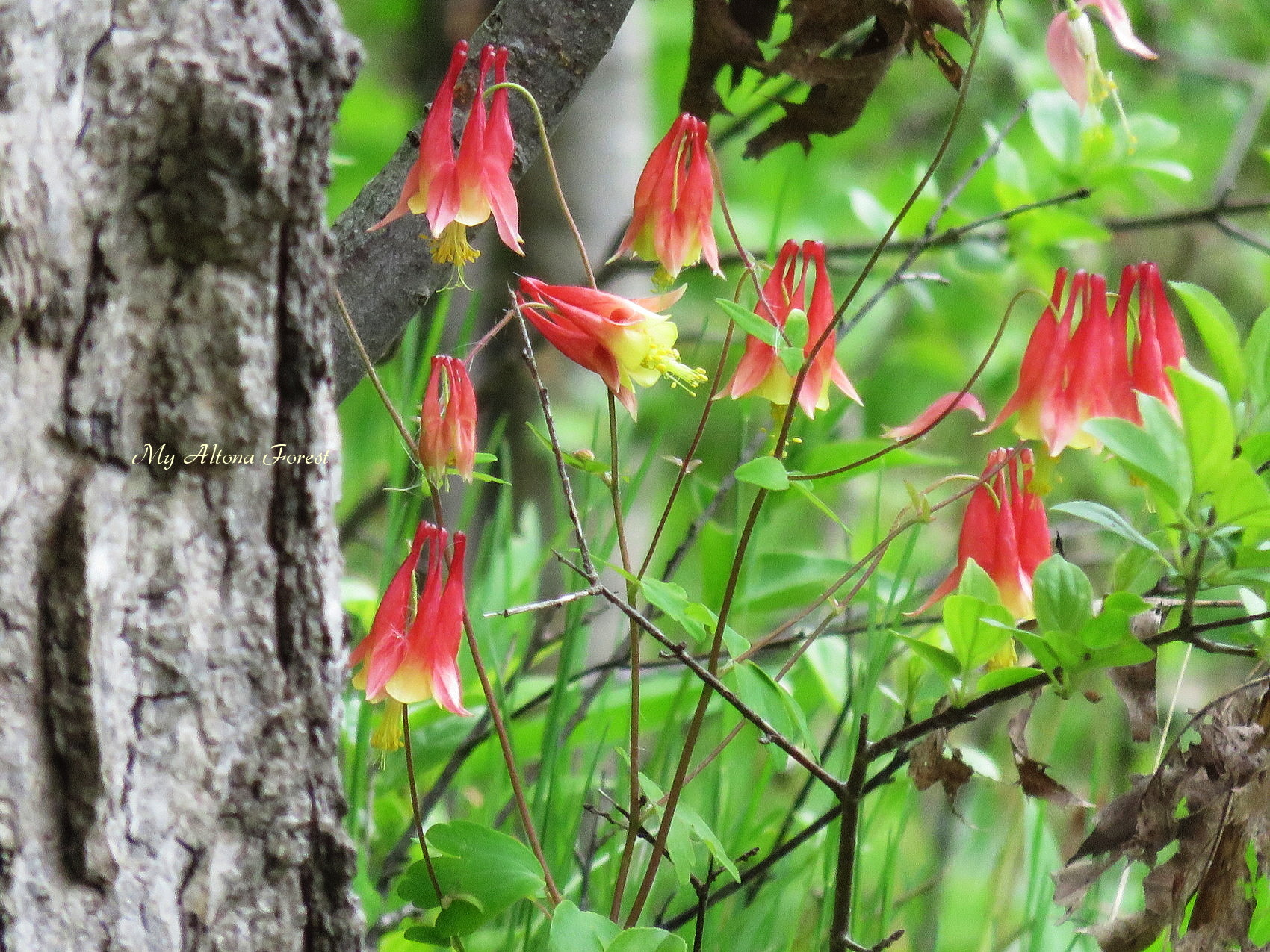
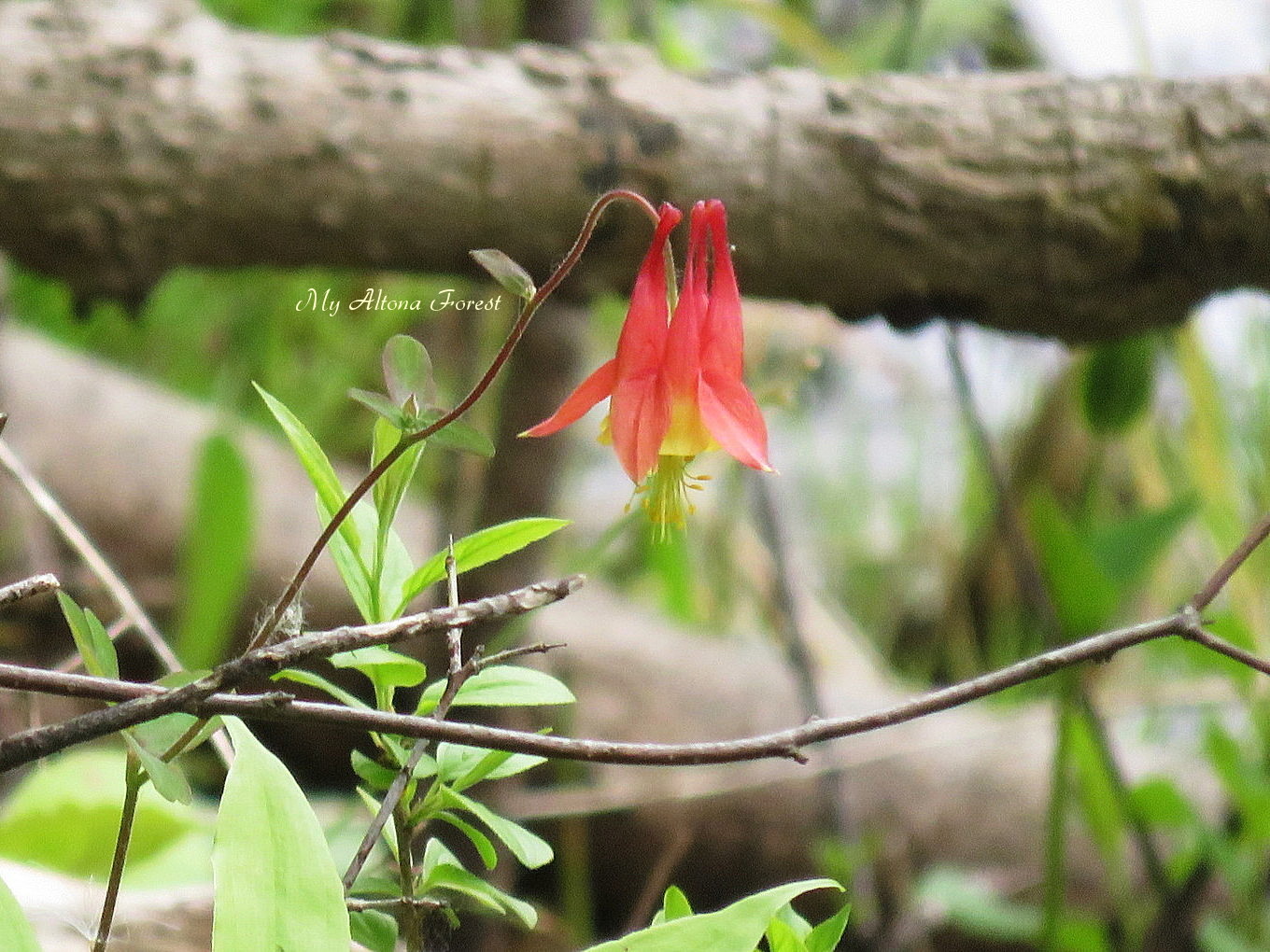
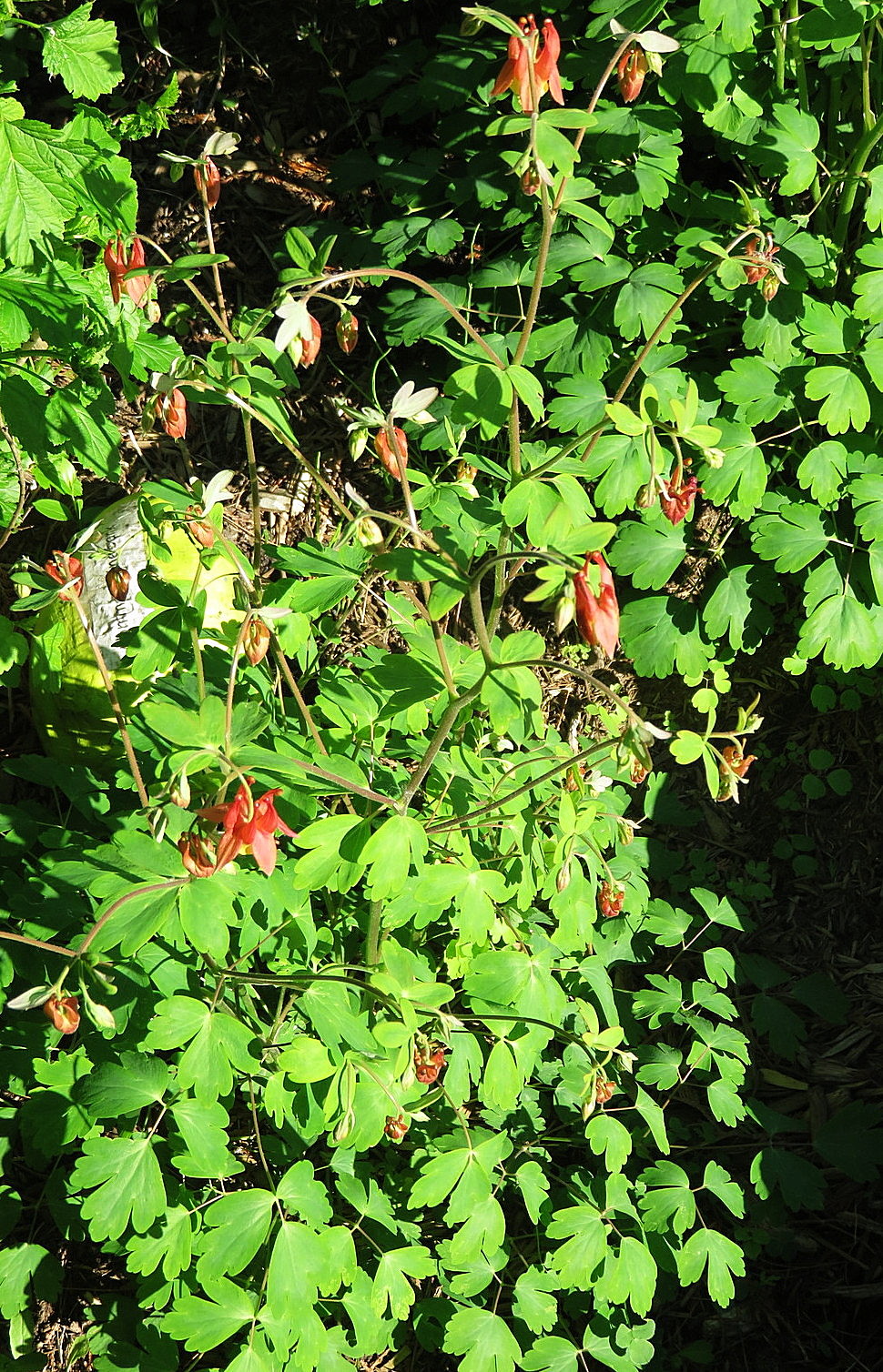

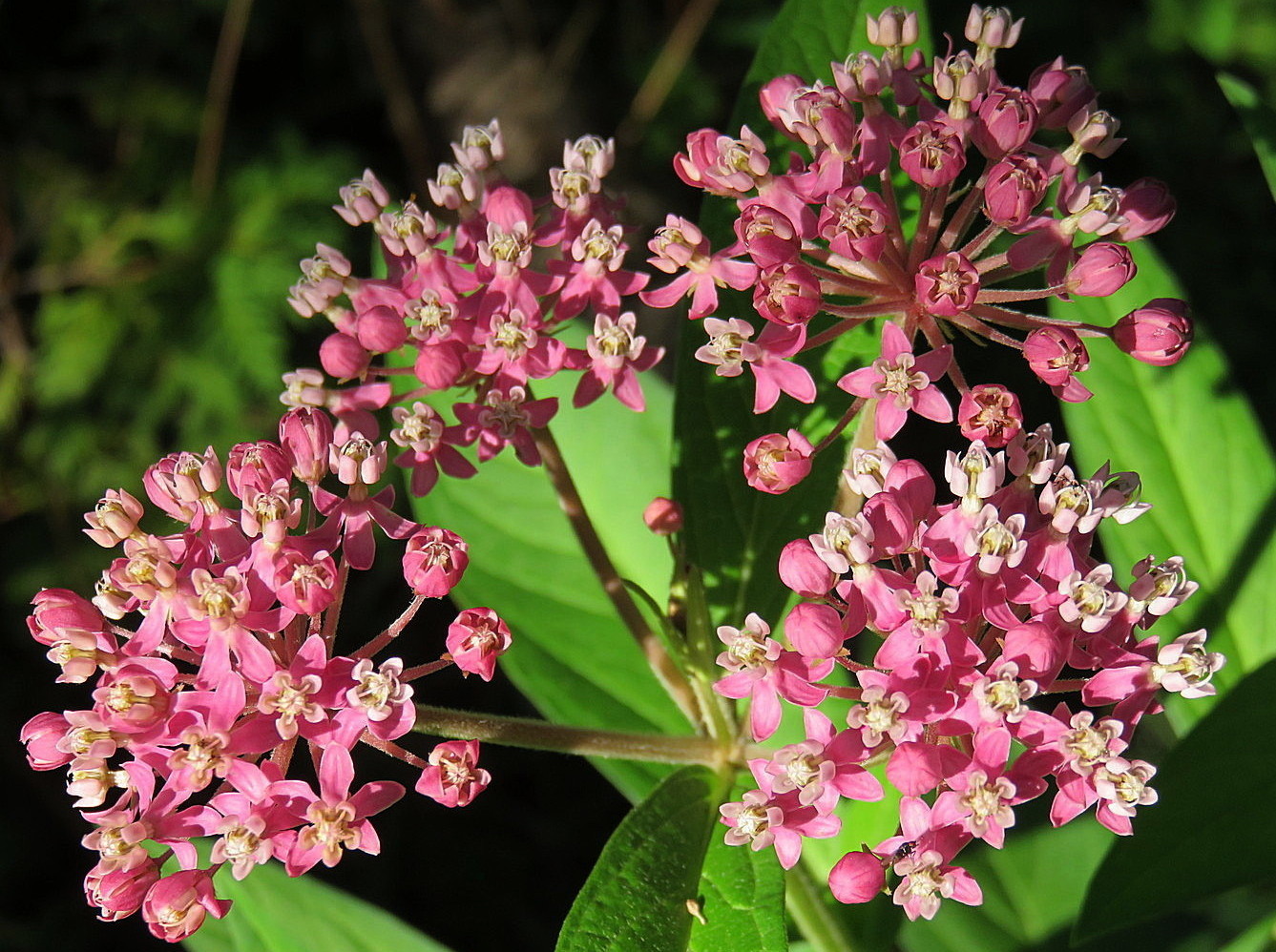 I have a special love of swamp milkweed (asclepicas incarnata). I love it’s bright pink-coloured blooms, the clusters of tiny starry flowers, it’s tall leggy appearance, and the slim upright pods of silk-winged seeds.
I have a special love of swamp milkweed (asclepicas incarnata). I love it’s bright pink-coloured blooms, the clusters of tiny starry flowers, it’s tall leggy appearance, and the slim upright pods of silk-winged seeds.